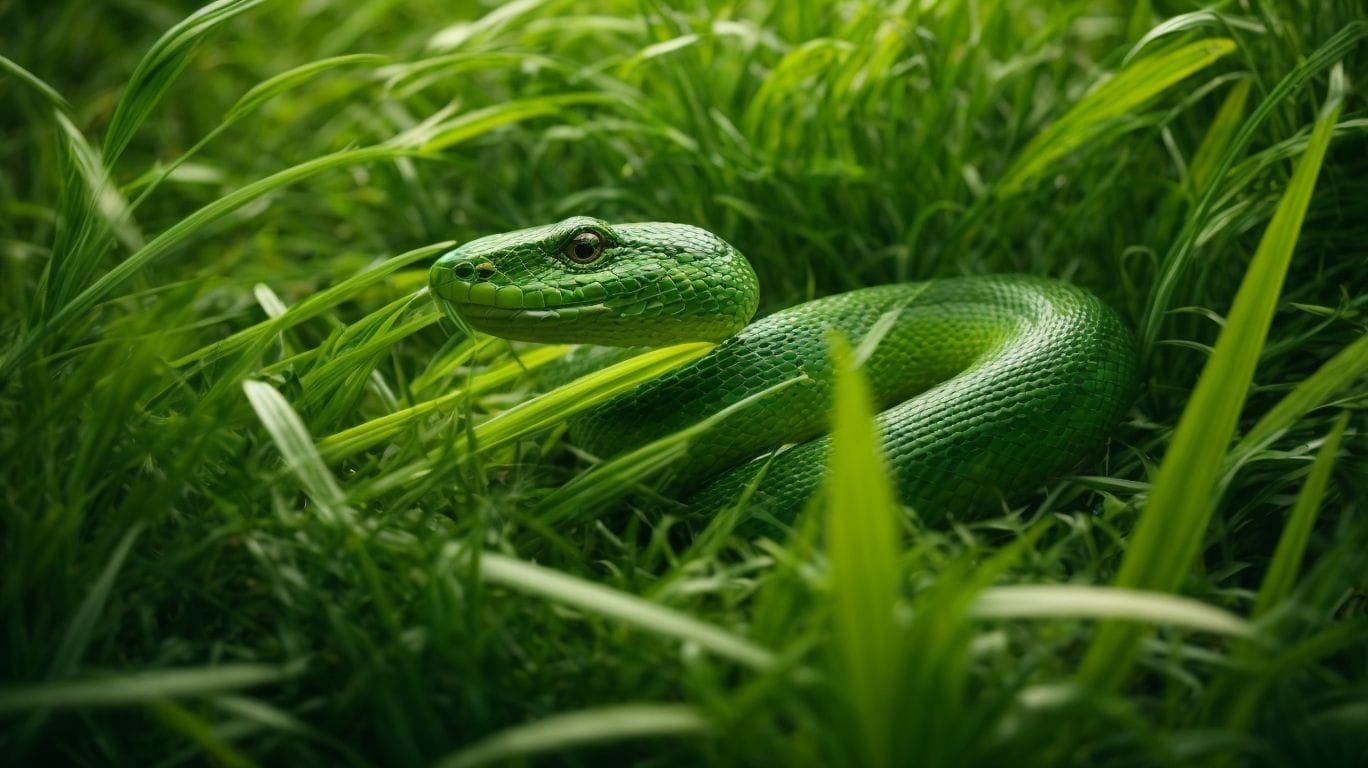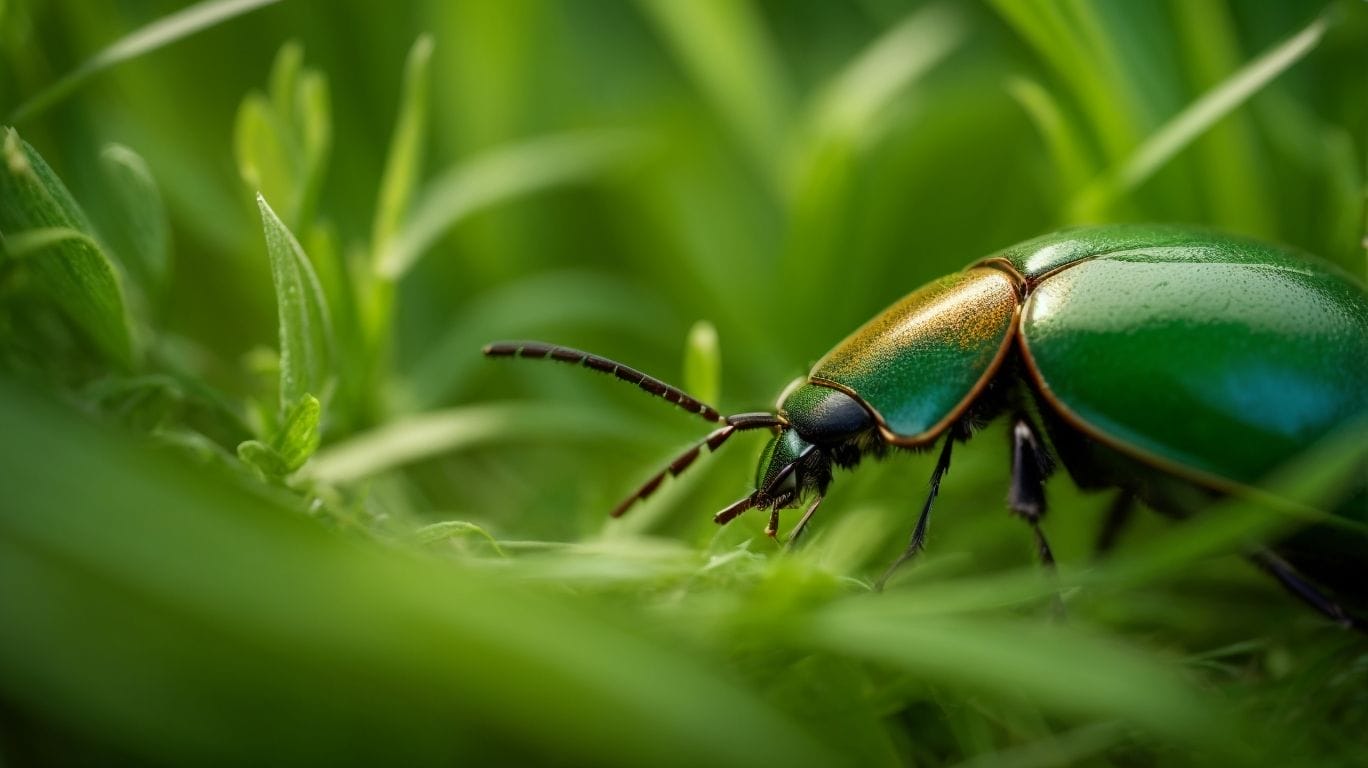Grass is a ubiquitous plant that forms a significant part of the diets of various animals across different ecosystems. While we often associate grass-eating animals with herbivorous grazers like cows and sheep, several other animals also consume grass for various reasons. Here, we explore the different animals that eat grass and their unique adaptations to this dietary choice.
Mammals That Eat Grass:
- Herbivorous Grazers: Animals like cows, sheep, and deer have evolved to have specialized teeth and digestive systems to process and extract nutrients from grass efficiently efficiently.
- Omnivores with Grass in Their Diet: Some omnivorous mammals, such as bears and raccoons, occasionally include grass in their diet, although it may not be a primary food source.
Reptiles and Birds That Eat Grass:
- Tortoises and Turtles: Many species of tortoises and turtles feed on various types of grass, both in natural habitats and in captivity.
- Geese and Ducks: These waterfowl species are known to graze on grass, especially during their breeding seasons, when they require additional nutrients.
Insects and Invertebrates that Consume Grass:
- Grasshoppers and Crickets: These insects are well-known for their ability to consume grass as a primary food source, utilizing specialized mouthparts for efficient feeding.
- Caterpillars and Larvae: Certain caterpillar species, such as those of butterflies and moths, feed on grasses during their larval stages before transitioning into adults.
Aquatic Animals that Feed on Aquatic Plants (Including Grass):
- Manatees and Dugongs: These large herbivorous marine mammals rely heavily on seagrasses, which are underwater plants with grass-like features.
- Some Fish Species: Certain species of fish, such as grass carp and tilapia, are known to consume aquatic plants, including grasses, as part of their diet.
Understanding the diverse range of animals that consume grass sheds light on the ecological importance of this plant and its role in various food chains. Whether it’s for nutrition, dietary supplementation, or specialized adaptations, grass plays a significant role in sustaining a variety of animal species across different habitats.
Key takeaways:
- Mammals primarily consume grass: Herbivorous grazers such as cows, horses, and zebras feed on grass as their main source of food. Some omnivores, like kangaroos and rabbits, also include grass in their diet.
- Reptiles and birds occasionally eat grass: Tortoises and turtles occasionally consume grass along with other plants. Geese and ducks are known to graze on grasses, especially during breeding seasons when they require a high-fiber diet.
- Insects and invertebrates rarely eat grass: While grasshoppers and crickets may consume grass in certain instances, their primary diet consists of other plant materials. Caterpillars and larvae, however, commonly feed on grasses as they go through their life cycle.
Mammals That Eat Grass

Photo Credits: Petnarnia.Com by Frank Lee
Looking into the world of mammals, we discover a fascinating section on those who have a unique diet – grass eaters. In this exploration, we’ll uncover two intriguing sub-sections: herbivorous grazers and omnivores with grass in their diet. Hold on tight as we delve into the feeding habits of these animals, shedding light on their preference for the green blades that cover our landscapes. Get ready to witness nature’s incredible adaptations unfold before your eyes!
Herbivorous Grazers
| Herbivorous Grazers |
| Example 1: Cows |
| Example 2: Sheep |
| Example 3: Horses |
| Example 4: Zebras |
Omnivores with Grass in Their Diet
Omnivores with grass in their diet play a crucial role in maintaining ecological balance and nutrient cycling. These animals have naturally adapted to consume both plant and animal matter, including grass. Here are some examples of omnivores that include grass in their diet:
|
|---|
The inclusion of grass in the diet of these omnivores provides them with additional nutrients and helps to diversify their food sources. However, it is important to emphasize that grass should only make up a small portion of their overall diet to ensure they receive a balanced and nutritious meal.
Reptiles and Birds That Eat Grass

Photo Credits: Petnarnia.Com by Ronald Clark
Reptiles and birds surprise us with their unusual dietary habits, showcasing a unique affinity for grass. Prepare to dive into the fascinating world of these creatures as we explore two sub-sections. First, we’ll uncover the intriguing habits of tortoises and turtles when it comes to their grassy sustenance. Then, we’ll unravel the unexpected truth about geese and ducks munching on this unlikely source of nutrition. Get ready for a captivating journey through the diets of reptiles and birds that will leave you astonished!
Tortoises and Turtles
Tortoises and turtles are reptiles that primarily eat grass as part of their diet. These herbivorous creatures have beaks that are specifically designed for chopping and shredding grasses.
Tortoises and turtles rely on the high fiber content in grass to aid in digestion and keep their digestive systems healthy. Grass provides important nutrients, such as vitamins and minerals, that contribute to the overall well-being of tortoises and turtles.
Geese and Ducks
Geese and ducks are two types of water birds that primarily feed on grass and other vegetation as herbivorous grazers. They possess a specialized beak structure that enables them to grasp and tear grass blades effortlessly. Grass plays a crucial role in providing essential nutrients and fiber for geese and ducks, supporting their overall health and digestive system. These birds are commonly found near water sources such as ponds, lakes, and rivers, where they can conveniently graze on grass along the shore. Additionally, geese and ducks may also consume other types of vegetation, like aquatic plants and shrubs. If you enjoy observing geese and ducks in their natural habitat, consider creating a small pond or water area and planting grass and other vegetation nearby. This will not only attract these beautiful birds but also provide them with a natural food source.
Insects and Invertebrates that Consume Grass

Photo Credits: Petnarnia.Com by Raymond Wright
Did you know that certain insects and invertebrates actually consume grass? In this section, we’ll dive into the fascinating world of these surprisingly voracious grass eaters. From the hopping grasshoppers and crickets to the munching caterpillars and larvae, we’ll explore the eating habits and unique adaptations of these little creatures. Get ready to uncover some interesting facts about the unexpected consumers of this ubiquitous green plant.
Grasshoppers and Crickets
Grasshoppers and crickets, belonging to the order Orthoptera, are well-known insects for their ability to consume grass and other plant materials. Let’s explore some key facts about these fascinating creatures:
– Grasshoppers and crickets possess chewing mouthparts, which enable them to feed on grass blades and various vegetation.
– Being herbivorous insects, they primarily rely on plant leaves, stems, and seeds as their diet.
– Grasshoppers have evolved to be excellent jumpers, allowing them to maneuver between plants and avoid predators swiftly.
– On the other hand, crickets are recognized for the musical chirping sounds they produce by rubbing their wings together.
Here’s a true story: A friend of mine once had an encounter with a large group of grasshoppers while hiking in a grassland. The synchronized movement of these grasshoppers as they hopped from one grass stalk to another left my friend amazed. Witnessing the natural behavior of these insects in their habitat was truly captivating.
Caterpillars and Larvae
Caterpillars and larvae play a crucial role in ecosystems as they consume grass and contribute to the nutrient cycle. They are part of the insect and invertebrate group that relies on grass as a food source. Some examples include:
| Tent caterpillars: | These caterpillars and larvae build silk tents in trees and feed on the leaves of various grass and tree species. |
|---|---|
| Armyworm larvae: | These larvae feed on grass crops, causing damage to agricultural fields. |
| Cabbage loopers: | These green caterpillars primarily feed on cabbage and other leafy greens, including grass. |
By consuming grass, caterpillars and larvae help regulate plant growth and provide food for other animals in the food chain. This demonstrates the interconnectedness of different organisms within an ecosystem and the importance of every creature in maintaining a balanced environment.
Aquatic Animals that Feed on Aquatic Plants

Photo Credits: Petnarnia.Com by Tyler Flores
Did you know that there are fascinating aquatic animals that rely on aquatic plants for their diet? In this section, we’ll dive into the intriguing world of herbivorous creatures living in water. From gentle giants like manatees and dugongs to certain fish species with unique feeding habits, we’ll explore the incredible adaptations and behaviors of these underwater grazers. Get ready to be amazed by the diversity and ecological importance of the aquatic animals that feed on aquatic plants!
Manatees and Dugongs
Manatees and Dugongs are aquatic mammals that have a natural inclination for feeding on aquatic plants, particularly seagrass. These incredible creatures are known as herbivores and have skillfully adapted to the task of grazing on submerged vegetation. Utilizing their specialized lips, they delicately pull the vegetation into their mouths and effectively grind it using their robust molars. Consuming a substantial quantity of seagrass on a daily basis, these gentle giants ensure that their nutritional requirements are met.
In addition to satisfying their own needs, Manatees and Dugongs also play an indispensable role in preserving the vitality of seagrass beds by diligently preventing them from becoming excessively overgrown. As a pro tip, it is highly recommended to maintain a safe distance if you ever have the privilege of encountering these magnificent creatures in the wild. This helps avoid any interference with their feeding process or causing them unwarranted stress.
Some Fish Species
Some fish species also consume grass as part of their diet. These species include:
- Grass carp: They are herbivorous fish that primarily feed on aquatic grasses and plants.
- Tilapia: Although predominantly omnivorous, some tilapia species, like the Mozambique tilapia, feed on aquatic vegetation, including grass.
- Muskellunge: These predatory fish occasionally consume grass as they hunt for smaller fish hiding within the vegetation.
These fish species play a role in maintaining the aquatic ecosystem by controlling the growth of aquatic plants and contributing to the nutrient cycle.
Some Facts About What Animals Eat Grass:
- ✅ Graminivores are herbivorous animals that primarily feed on grass. (Source: Merriam-Webster Dictionary)
- ✅ Animals like horses, cattle, geese, guinea pigs, hippopotamuses, capybara, and giant pandas are examples of vertebrate graminivores. (Source: Our Team)
- ✅ Invertebrates like grasshoppers also have graminivorous diets, primarily consisting of plants from the Poaceae family. (Source: Our Team)
- ✅ Dogs and cats, although primarily carnivorous, occasionally eat grass to rid their intestinal tract of parasites. (Source: Our Team)
- ✅ grass provides essential nutrients to animals, such as protein, carbohydrates, minerals, and fiber. (Source: Our Team)


